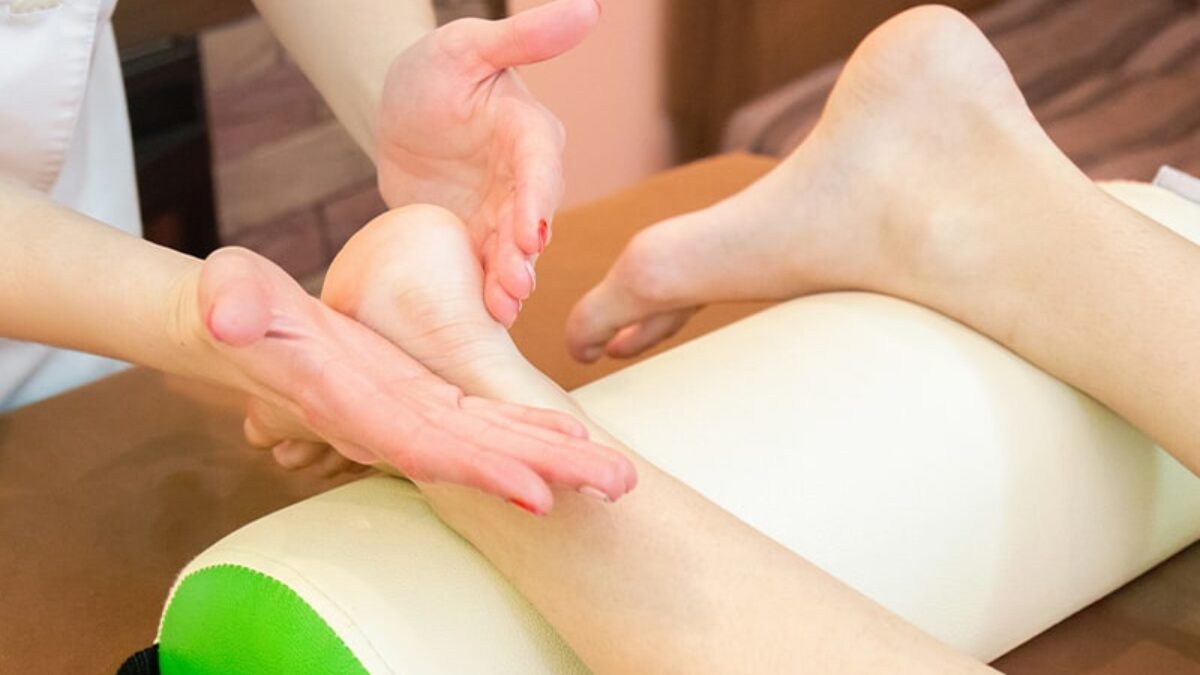Like all products used in the healthcare industry, the foam you use must meet a high level of quality, cleanliness, and many other standards. Foams that are considered “medical grade” set themselves apart from many other types of foam because they have certain qualities that make them safer to use in clean, sterile healthcare environments. What is considered medical grade foam? What qualities does medical grade foam have? We can help you select foam for your products and fabricate it to fit your products and applications.
What is Medical Grade Foam?
There is no specific, set “medical grade” foam? It’s not entirely a stamp of approval by any organization. Instead, foams that are considered medical grade have a few key features that are approved by regulatory bodies and ISO standards.
The Foam Meets ISO 10993-10:2021
ISO 10993-10:2021 (Biological evaluation of medical devices — Part 10: Tests for skin sensitization) is a standard for medical products, devices, and materials that ensure safety when coming in contact with a person’s skin. Foams that meet this standard have been tested and determined to be safe for direct skin contact. They (in most cases) will not cause irritation or any other issues, making them ideal for medical applications like orthotics, cushioning, safety padding, etc. These are known as biocompatibility tests.
Low and No VOC or Off-Gassing
VOCs (volatile organic compounds) are compounds that have a high vapor pressure and low water solubility, meaning they can be emitted as gases from materials like foams. Exposure to these compounds, when released as gases, has been linked to certain medical conditions and maladies, including irritation and allergic reactions. Because of this, foams must be made from little to no VOCs in order to be suitable for medical use.
Certain foams also emit distinct odors—a process known as off-gassing. While not proven to be harmful in small exposures, off-gassing can be unpleasant and is not desirable for use in medical applications.
FDA Approved
When looking for packaging foams to be used with medical devices or pharmaceuticals, look for FDA-approved materials that are deemed safe to use. Certain foams are registered with the Food and Drug Administration as 510K Premarket Notification, which is a classification by the FDA that the device can be marketed as safe and effective.
Foams for Medical Applications
From closed-cell foams like polyethylene and cross-linked polyethylene to open-cell foams like polyurethane and reticulated polyurethane, there are plenty of foam options for medical applications. The application—from medical device packaging to orthotics and cushioning—will heavily determine the type of foam that needs to be used. See this short guide for an introduction to medical applications and the foams used in them.
When it comes to medical grade foams, look for these characteristics:
- Mold and fungal resistance
- Water resistance or absorption, depending on the application
- Low off-gassing
- Good compression set, impact, and tear resistance
- Flexible and stretchable
- Durability and longevity
Need help choosing a foam for your medical application? Let the experts at Amcon help! Get in touch with us today for a free quote or foam sample.


